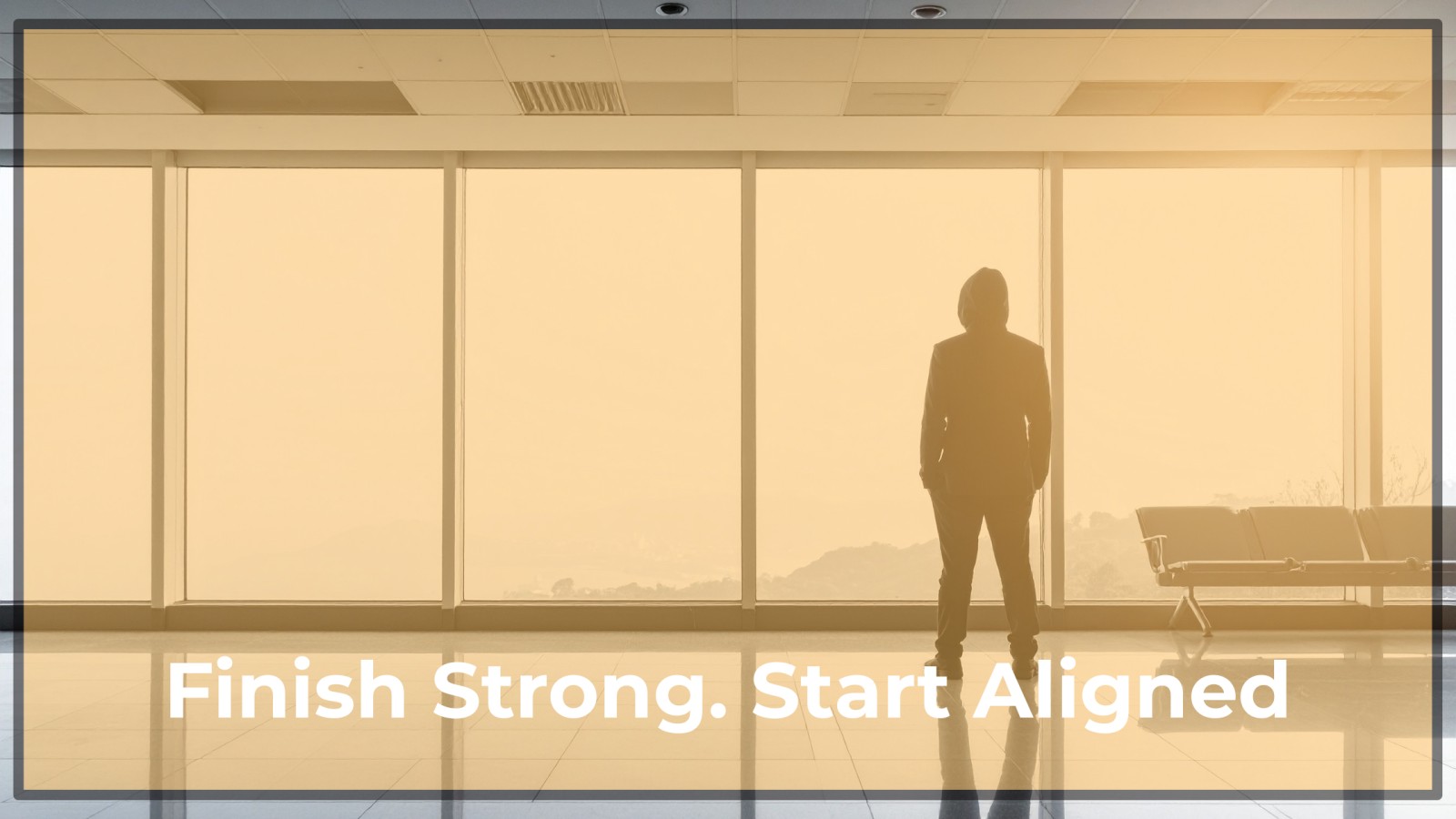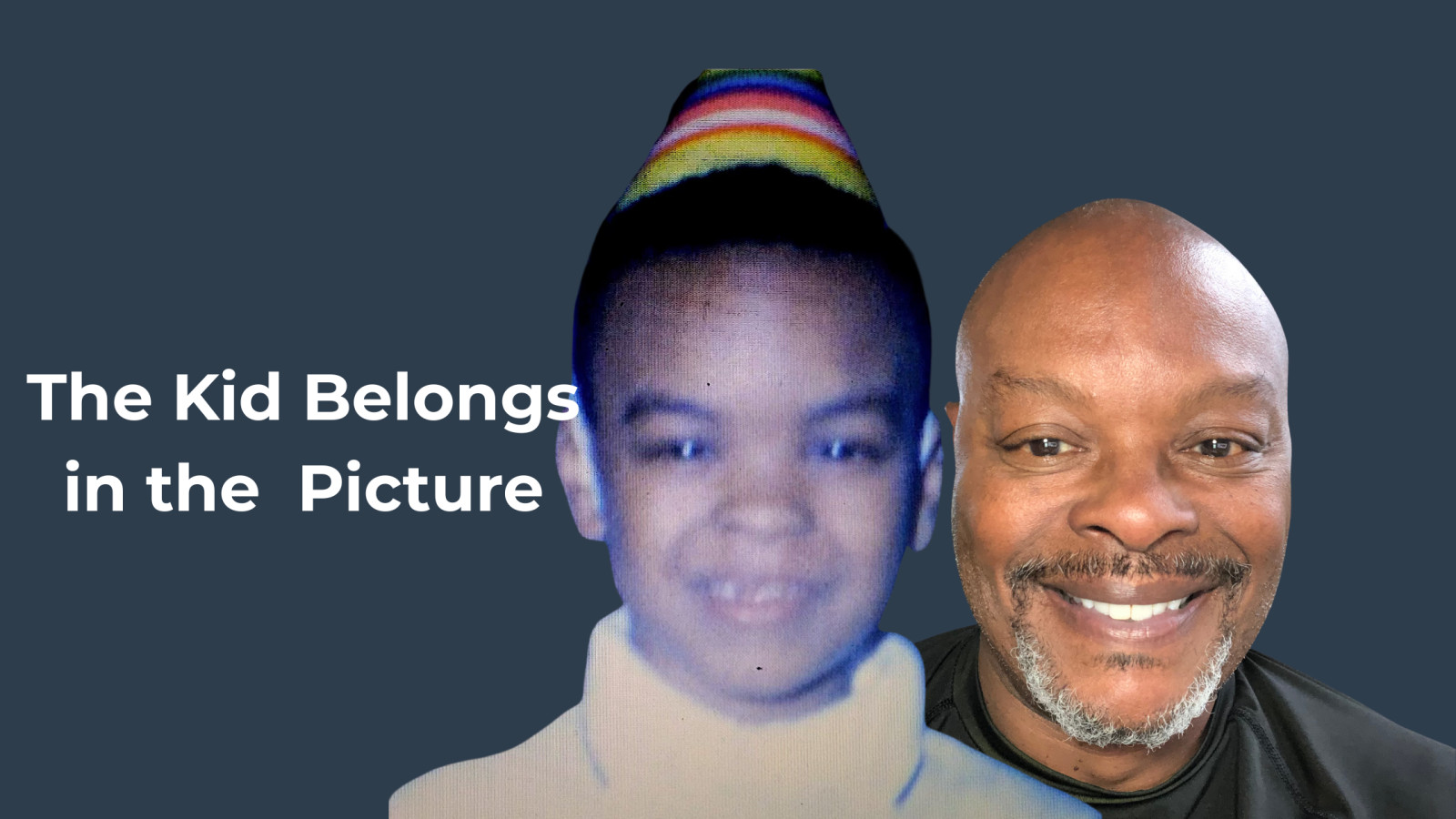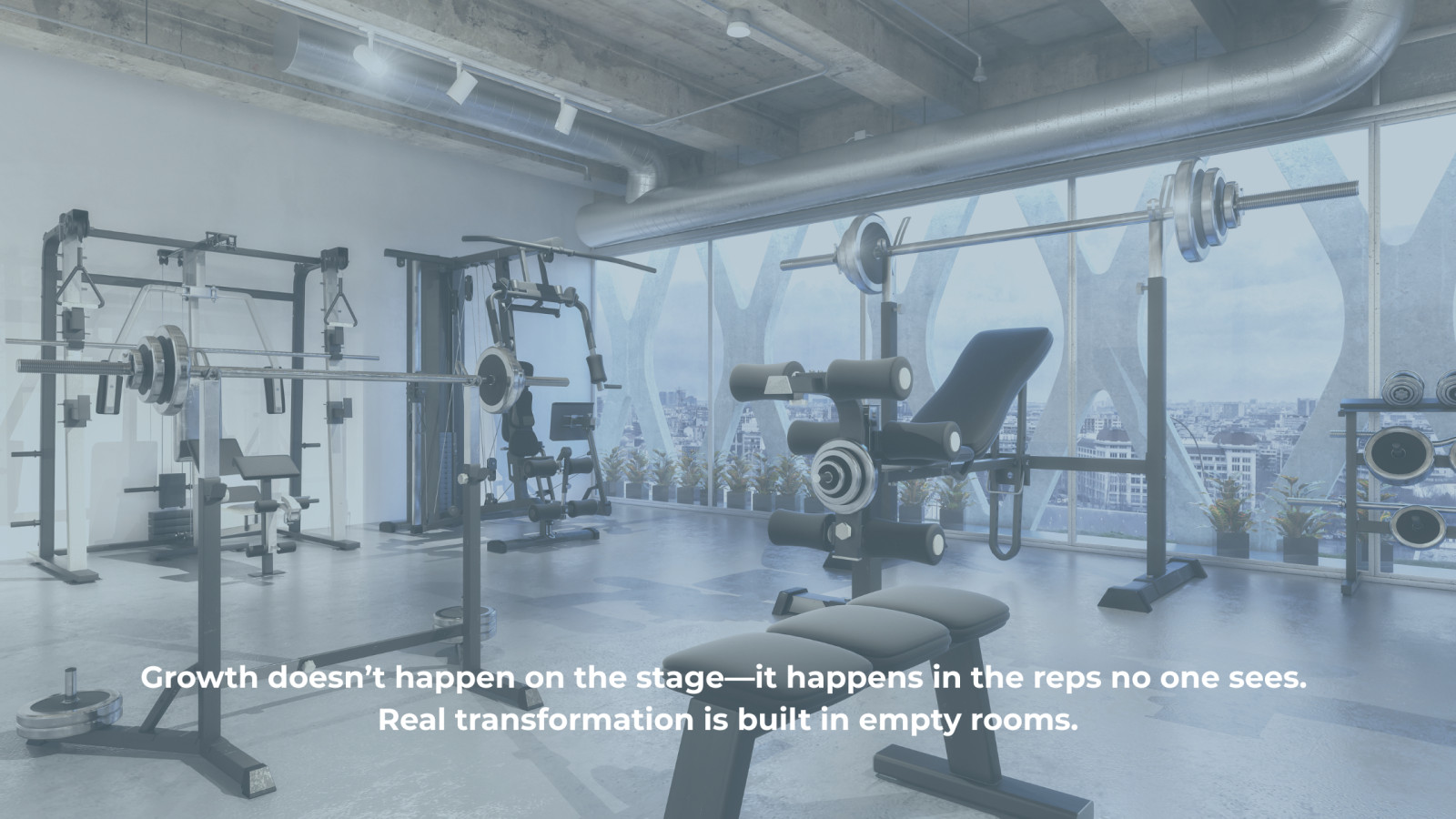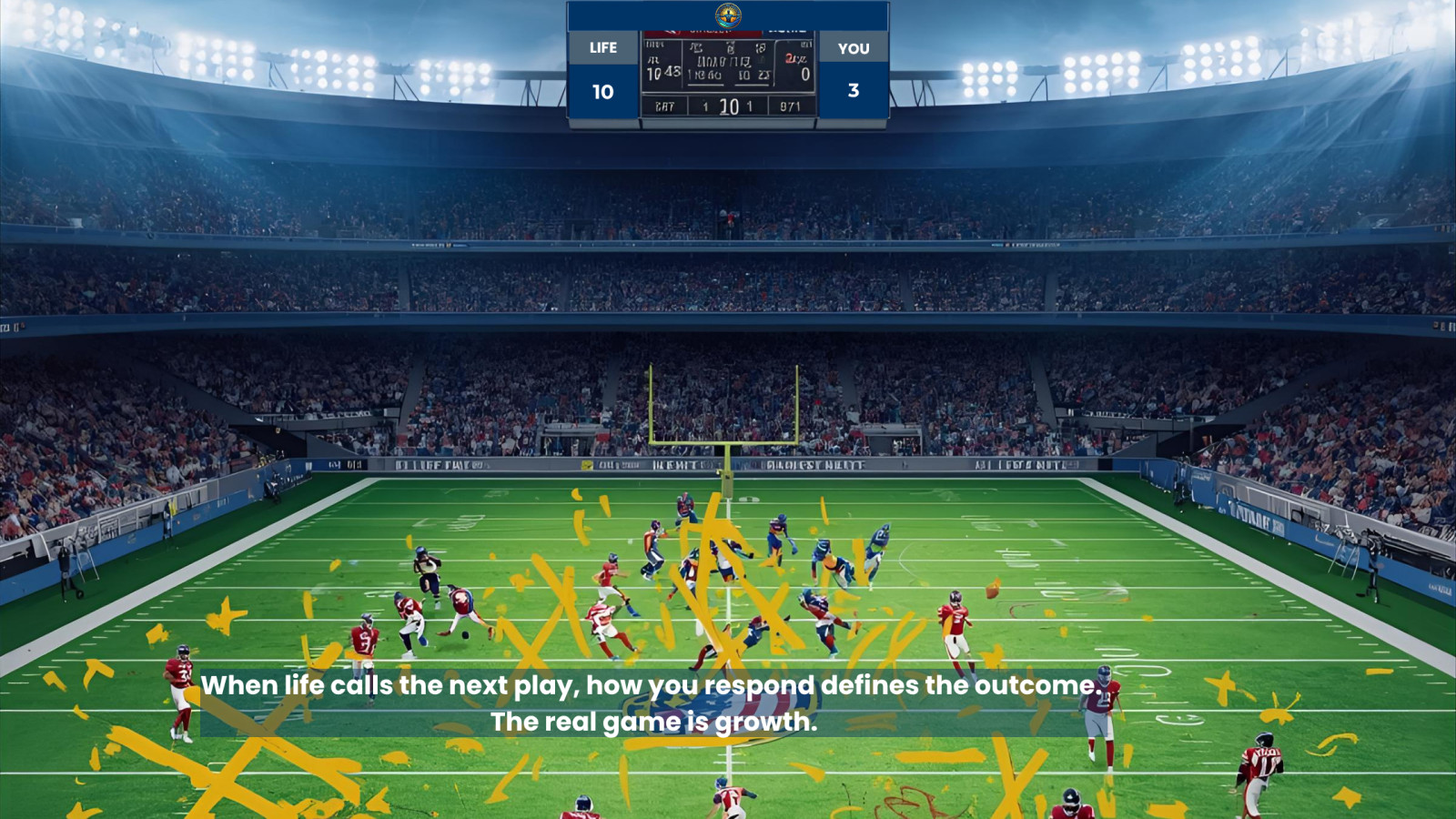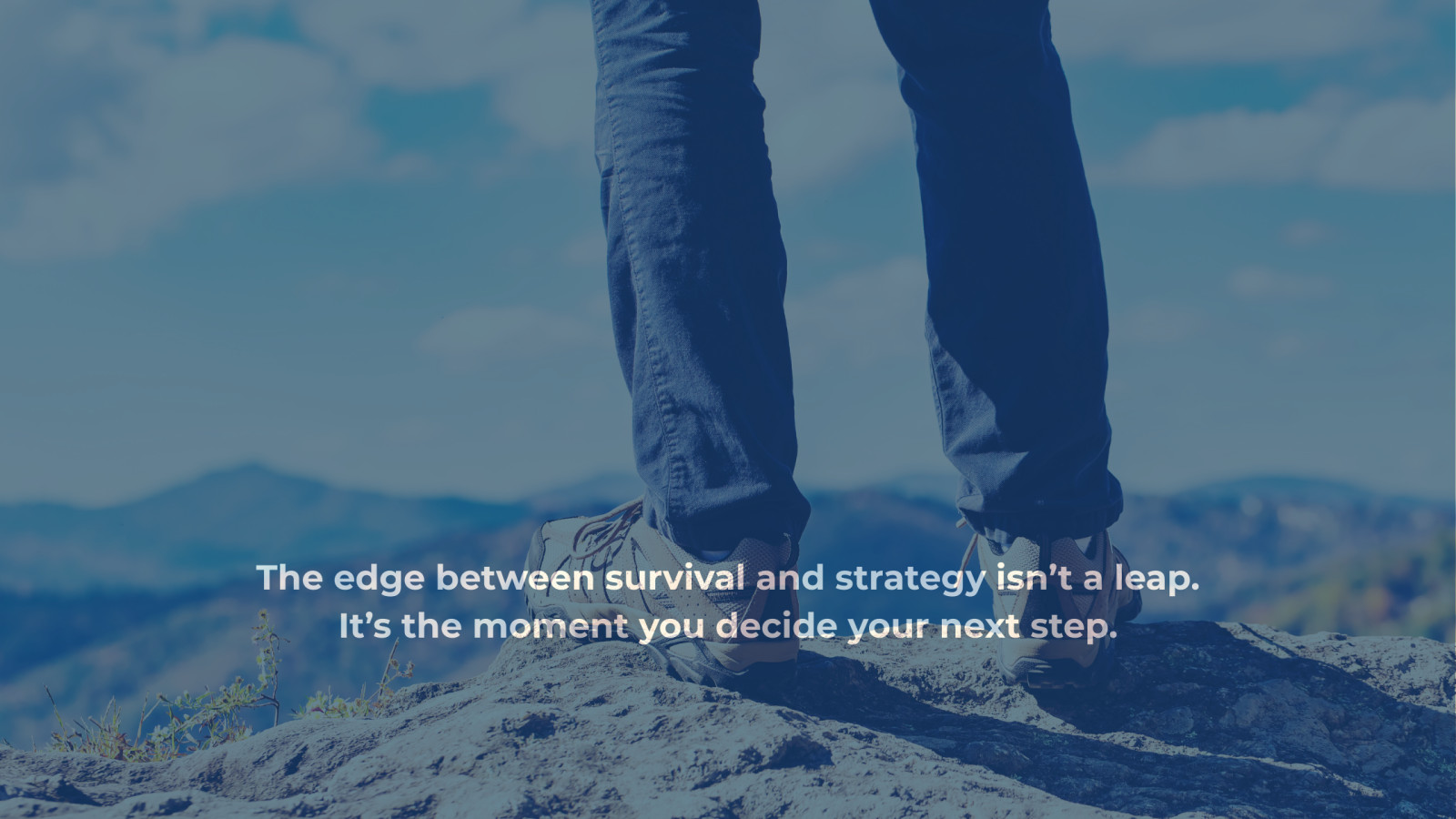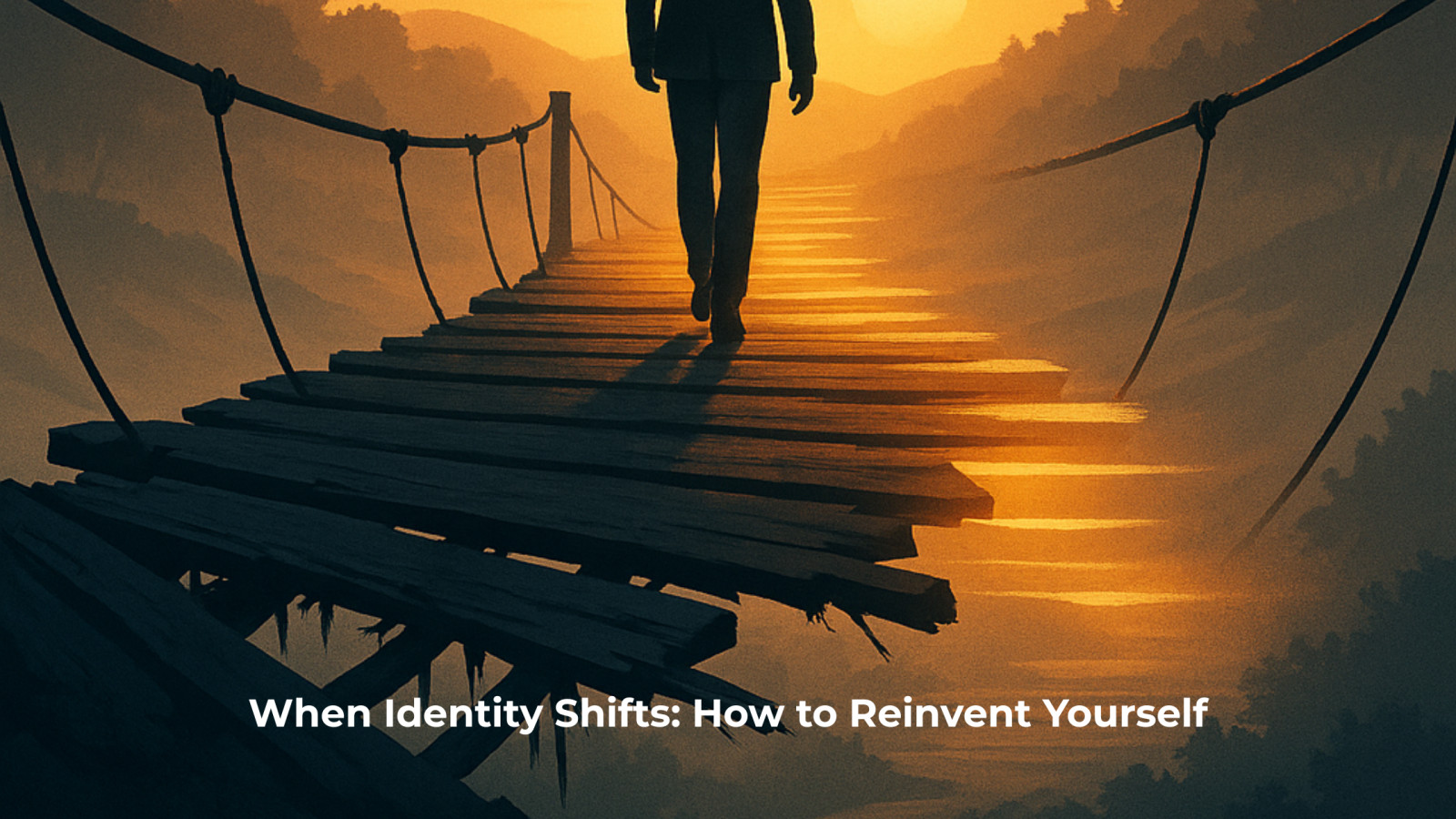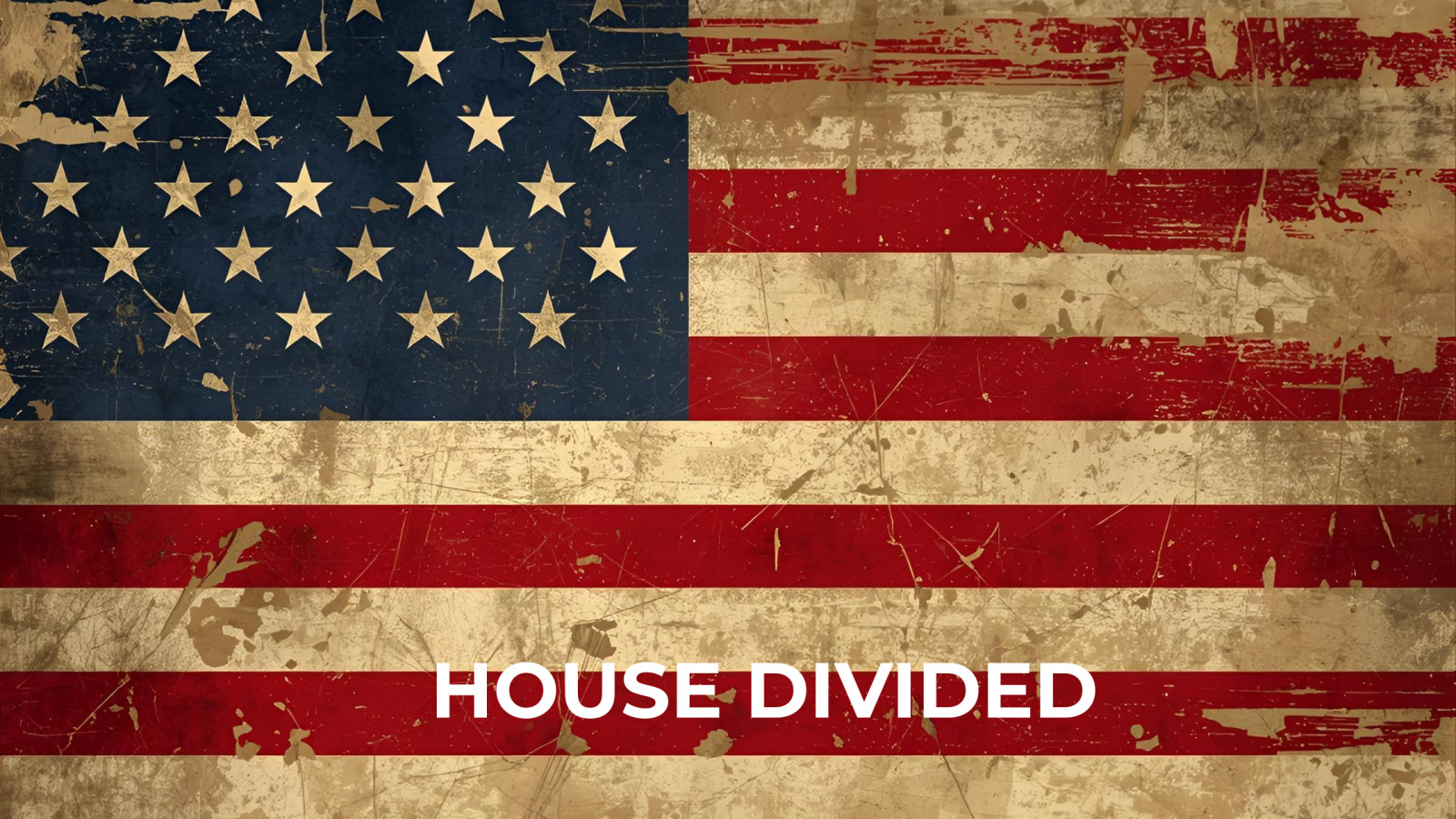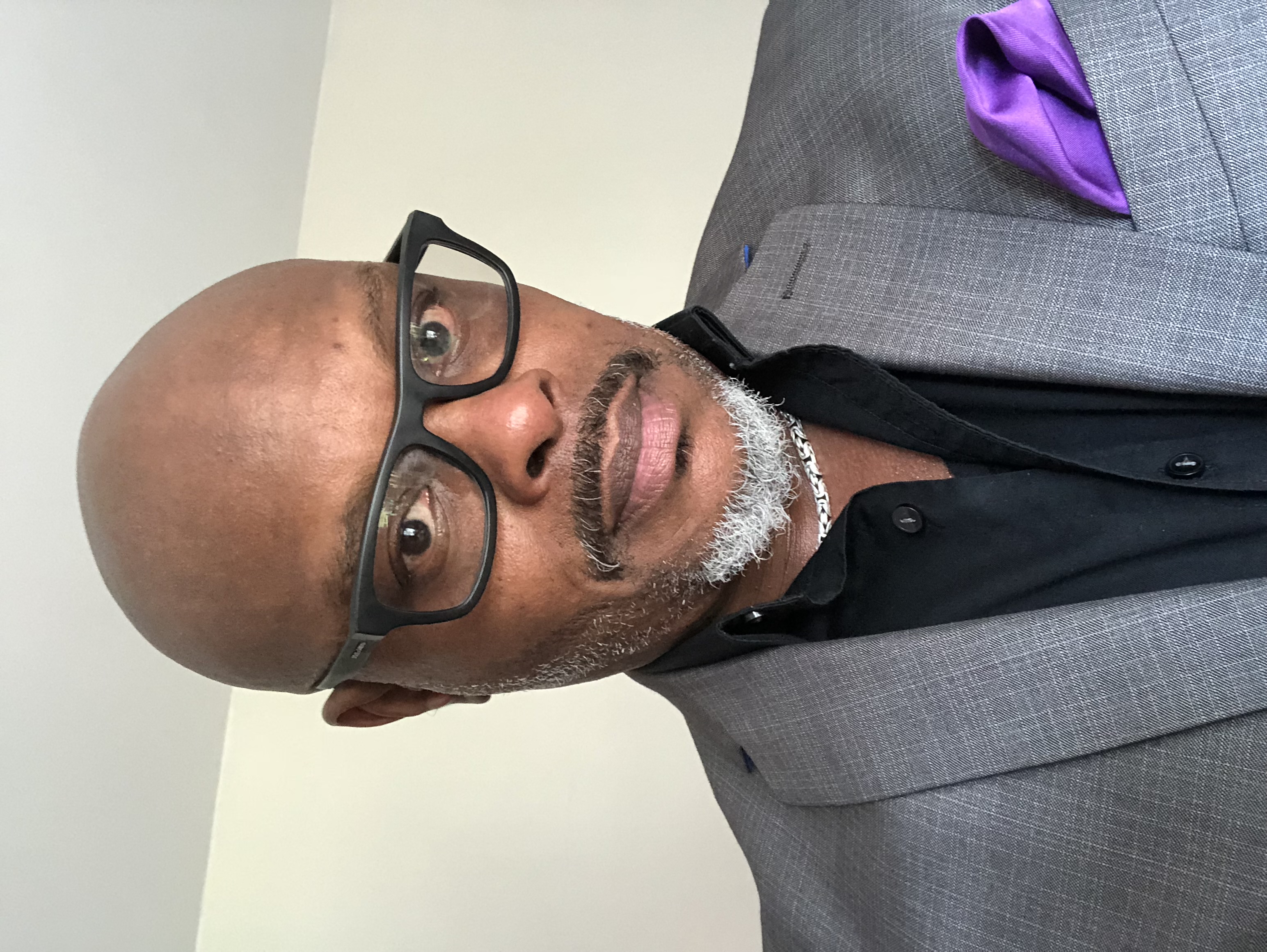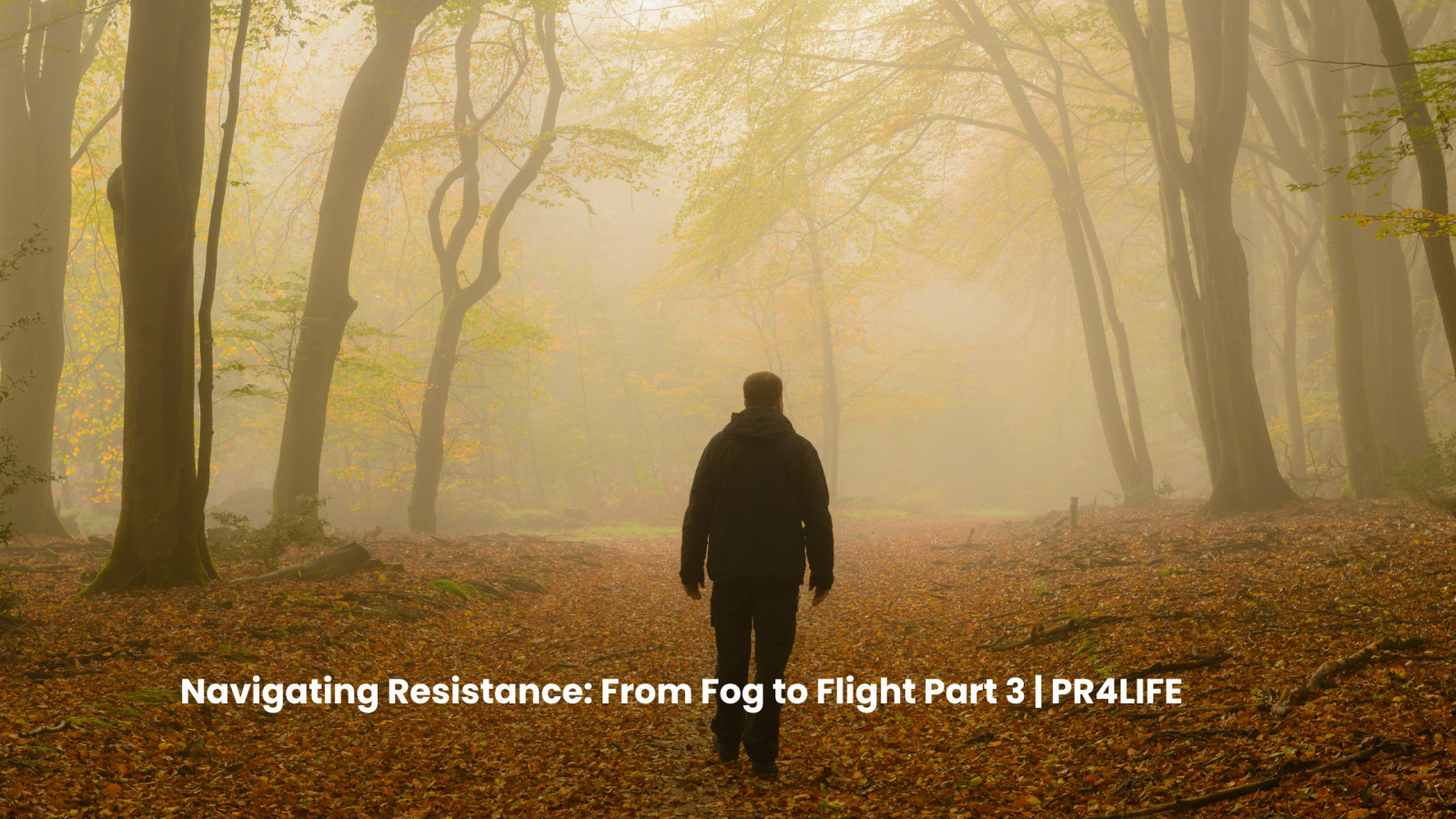
Feeling stuck even after you’ve started to grow? This post unpacks the resistance that shows up after the breakthrough — and how to move through it with clarity and peace.
🌪️ The Friction – What Happens When You Start Moving Differently
Understanding how to navigate resistance during personal growth is crucial if you want to keep moving forward.
But there’s a part of growth nobody really talks about.
Not the inspiration.
Not the excitement.
Not even the breakthrough.
It’s the friction — the uncomfortable space between who you were and who you’re becoming.
It’s what shows up after the flicker, once you finally start moving toward something more.
It’s that tension you feel when you begin living differently, thinking differently, choosing differently —
and the world around you doesn’t automatically cheer.
If you’ve ever felt that invisible pushback — if you’ve ever started changing and wondered why everything suddenly got harder —
then you’re in the friction.
And the friction isn’t here to destroy you.
It’s here to forge you.
In this post, we’re going to talk about:
✅ What resistance really looks like (and why it feels so heavy)
✅ How internal and external forces try to pull you back
✅ Why friction is actually a sign you're moving in the right direction
✅ And 5 action steps to help you move through it without losing your peace
If everything feels harder now that you're trying to grow... you’re not off-track. You're in transition.
So, let’s dig into why.
🔍 What Resistance Really Looks Like
Resistance rarely shows up as a bold “Stop!”
Most of the time, it whispers.
It sounds like:
- “What if this doesn’t work?”
- “What will people think?”
- “Maybe I should just stick with what I know.”
That’s not failure. That’s your nervous system doing what it’s been trained to do: protect you from the unknown.
Our brains are wired to favor the familiar — a reflex known as status quo bias.
Even when the current version of your life no longer fits, there’s still a part of you that clings to what’s predictable.
That internal hesitation? It’s not weakness. It’s your mind responding to uncertainty the only way it knows how: by pulling you back toward comfort.
Here’s how friction often shows up when you're doing the hard work of change:
👉🏽 Self-doubt
👉🏽 Pushback from others
👉🏽 Delays or roadblocks
👉🏽 Old patterns calling you back
👉🏽 Emotional fatigue
According to inoculation theory, facing and pushing through small doubts actually strengthens our ability to face bigger ones.
Most of the time, it whispers.
It sounds like:
- “What if this doesn’t work?”
- “What will people think?”
- “Maybe I should just stick with what I know.”
That’s not failure. That’s your nervous system doing what it’s been trained to do: protect you from the unknown.
Our brains are wired to favor the familiar — a reflex known as status quo bias.
Even when the current version of your life no longer fits, there’s still a part of you that clings to what’s predictable.
That internal hesitation? It’s not weakness. It’s your mind responding to uncertainty the only way it knows how: by pulling you back toward comfort.
Here’s how friction often shows up when you're doing the hard work of change:
👉🏽 Self-doubt
👉🏽 Pushback from others
👉🏽 Delays or roadblocks
👉🏽 Old patterns calling you back
👉🏽 Emotional fatigue
According to inoculation theory, facing and pushing through small doubts actually strengthens our ability to face bigger ones.
And behavioral momentum theory reminds us that the longer we’ve repeated a behavior — even a harmful one — the more resistant it becomes to change.
As cognitive scientist Maya Shankar says in her TED Talk, “Change can feel like we’re losing something, even if what we’re gaining is better aligned.”
This is where many turn back — not because they’re weak, but because they mistake resistance for misdirection.
As cognitive scientist Maya Shankar says in her TED Talk, “Change can feel like we’re losing something, even if what we’re gaining is better aligned.”
This is where many turn back — not because they’re weak, but because they mistake resistance for misdirection.
📘 Marcus’s Story: When Resistance Got Real
We first met Marcus in Part 1 of this series — a father, a provider, a man in his 30s who had done life without much guidance but with plenty of grit.
He was in a season of survival: working long days, showing up for everyone else, and wondering if the flicker he was feeling inside — that quiet sense that more was possible — meant it was finally time to change something.
He started moving.
He opened himself to coaching.
He began naming the gap between the life he was living… and the life that aligned with who he was becoming.
“I can’t keep putting things off… I’ll never know if I don’t try.”
And then — like it does for all of us — the resistance showed up.
Marcus’s experience reflects the challenge of moving through friction in life changes — the invisible tension that arises when old patterns meet new vision.
I’ve felt that resistance myself.
In the days and months after my father passed, I started to feel more and more out of place. Misaligned. Just… lost.
Work — a career I had poured so much into — started to feel burdensome.
It wasn’t that I didn’t love it. It just no longer reflected who I was becoming.
At the time, I didn’t recognize it as transformation. I only knew I felt the tension of trying to hold on… while being called into something new.
That was my friction.
And like Marcus, I didn’t get a clear roadmap.
The whispers came instead:
- “What if you fail?”
- “You don’t have support.”
- “Just stick with what you know.”
Marcus’s environment didn’t change overnight.
The job stayed demanding. The pressure didn’t let up just because he said yes to growth.
Marcus said it best: “I feel like I’m the only light in the room.”
And that’s what friction feels like.
You start walking differently, but the ground underneath you hasn’t shifted.
You begin speaking from your spirit, but your surroundings still speak from survival.
You crave transformation, but your world is used to your hustle — not your healing.
But Marcus didn’t stop.
He kept showing up — to the process, to his potential, to the quiet voice that said:
“There’s more. And I was built for it.”
🧠 The Internal Resistance We Don’t Talk About
Learning how to overcome self-sabotage in transitions is key to sustaining the changes you’re trying to make.
While Marcus faced pressure from his environment, some of the hardest resistance came from within — and that’s true for so many of us.
We’re often taught to push through pain, keep quiet, and figure it out alone.
So when we start aligning our lives with our deeper values, it can feel unfamiliar. Unsettling. Exposed.
Internal resistance doesn’t always sound like fear.
Sometimes it sounds like:
- “Let me just stay busy.”
- “I’ll circle back to this later.”
- “I don’t want to disappoint anyone.”
- “What if I’m not really ready?”
And that’s exactly where I found myself when the friction showed up.
I stayed busy — always finding another project, another task, another person who needed something from me.
So many people depending on me to be who I was… not who I was becoming.
I couldn’t let them down. And I was hesitant to move forward because it felt uncomfortable — unfamiliar.
This is self-sabotage in disguise: avoiding clarity by clinging to control.
Shrinking to stay comfortable — even when you know that comfort is costing you peace.
And I knew I couldn’t stay there.
So I started challenging my own self-sabotage — confronting the patterns that kept me stuck and choosing small steps forward, even when I felt afraid.
That journey became the foundation of my self-sabotage challenge — because I know what it’s like to fight yourself in a season of growth.
I stayed in the familiar too long.
But once I saw the pattern, I began breaking it — not all at once, but one truth at a time.
Inoculation theory teaches us that building resistance to doubt happens through exposure and response — just like immunity.
And behavioral momentum theory reminds us that repeated behaviors are harder to interrupt, which is why small steps still matter, especially when you’re shifting direction.
You’re not failing.
You’re adjusting.
And awareness is the beginning of forward motion.
But awareness alone won’t carry you.
At some point, you have to move — even if it’s slow.
Even if it’s small.
Even if it’s scary.
✅ How to Move Forward When Everything in You Wants to Stop
You don’t need a massive leap. You don’t need a 5-year plan.
You just need a way to keep going without abandoning your peace.
You just need a way to keep going without abandoning your peace.
Here are five practical, purpose-driven steps to help you move through the friction:
🎯 Reaffirm Your Why
When resistance rises, come back to your why. Write it. Speak it. Keep it close.
✋🏽 Name the Resistance Without Judging It
Get honest. What are you afraid of? What story are you telling yourself? Awareness dissolves shame.
👉🏽 Do the Next Right Thing — Not the Big Thing
One boundary. One step. One honest conversation. Small steps still move mountains.
✍🏽 Limit Feedback to Aligned Voices
Talk to people who reflect your future, not just your past. Doubt doesn’t need a megaphone.
🛡️ Protect Your Energy Like It’s Sacred
Say no faster. Rest without guilt. Spend time where your soul feels safe.
Your peace is not up for negotiation.
✍🏽 Limit Feedback to Aligned Voices
Talk to people who reflect your future, not just your past. Doubt doesn’t need a megaphone.
🛡️ Protect Your Energy Like It’s Sacred
Say no faster. Rest without guilt. Spend time where your soul feels safe.
Your peace is not up for negotiation.
Breakthrough and resistance during transformation often walk hand-in-hand. Staying aligned through life’s transitions means trusting the process even when it feels hard.
💭 Final Thought
Friction doesn’t mean you’re off course. It means you’ve started walking differently.
This post was about learning to recognize the tension — the pushback that shows up when your soul starts asking for more…
This post was about learning to recognize the tension — the pushback that shows up when your soul starts asking for more…
and the world doesn’t quite know what to do with that shift.
You’ve seen how resistance can show up. You’ve felt how loud your doubts can get. But now, you also have tools to move through the friction without losing direction.
💬 Which of the five action steps resonated with you the most?
Drop a comment or journal about where friction is showing up in your life right now.
If you are ready to talk through it?
You’ve seen how resistance can show up. You’ve felt how loud your doubts can get. But now, you also have tools to move through the friction without losing direction.
💬 Which of the five action steps resonated with you the most?
Drop a comment or journal about where friction is showing up in your life right now.
If you are ready to talk through it?
👉🏽 Book your Strategy Call here
🔥 Next up in this series: The Formation
🔥 Next up in this series: The Formation
Once you stop shrinking, you have to start shaping. In Part 4, we’ll explore how to design a life that honors your clarity and calls you forward.










